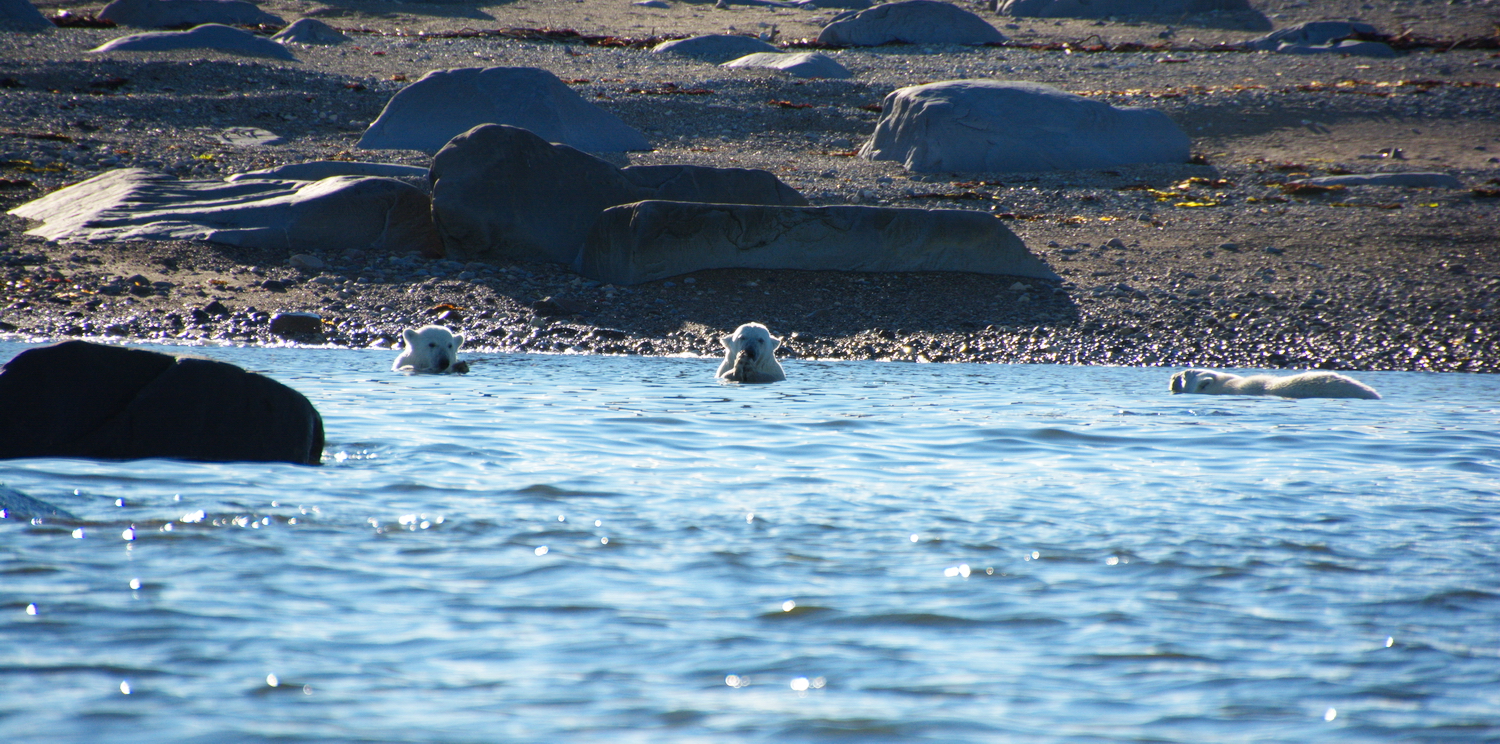One of the nice things about waiting to see a train at the NJT / Amtrak Newark International Airport Station is that you’re generally going to see trains, especially if you’re waiting during rush hour.
Occasionally, you’ll see multiple trains at once – I’ve been able to capture three trains at once in a still image. Not a great still image mind you, or else I’d be posting and talking about that, but I’ve done it. There are times where it’s a busy 45 seconds at Newark. And there are times it all comes together.
So there I was with my trusty Icon, and a southbound Amtrak Acela was coming through. So, I set up for it and started the video before the train entered the viewfinder. There’s a neat thing that happens in advance of a fast moving train on continuous welded rail – the rails start to “sing” before the train gets there. As I set up at a bit of an angle to the tracks, if you turn the volume up – you can hear this before you see the train. It’s pretty neat. I’m sure that there’s a technical explanation and term for this phenomenon, but I’m going to go with singing…
And the Acela slides on through the station. Then, I hear another train behind me – I have no idea what it is or what track it’s on, and I can’t turn around without really screwing up this hand-held video. So, I try to stay still and just keep the video rolling. I let it roll until the northbound Amtrak is out of view. Until 45 seconds at Newark are memorialized.
An Amtrak local comes into view, cab car first. Ok, that works! And then, in the golden light of late afternoon, I hear the “psst”s (yeah, I know that’s not a word, but I don’t know how else to try to phonetically describe the sound) of the locomotive – and I still can’t turn around to see it. And then, an AEM-7 in push mode glides by me.
And I’m happy, because I finally got a great video clip of an AEM-7 in sweet light! You see, the AEM-7’s are being replaced after 30+ years, and I don’t get an opportunity to see them very often, let alone get a video in sweet light. For all I know, this is the last time I’ll get an AEM-7 on video. So, it was a good day.
One day, I might even find that miracle tripod that you can take with you on a whirlwind transcontinental business trip.
In the meantime, enjoy, hand-held and all!
















